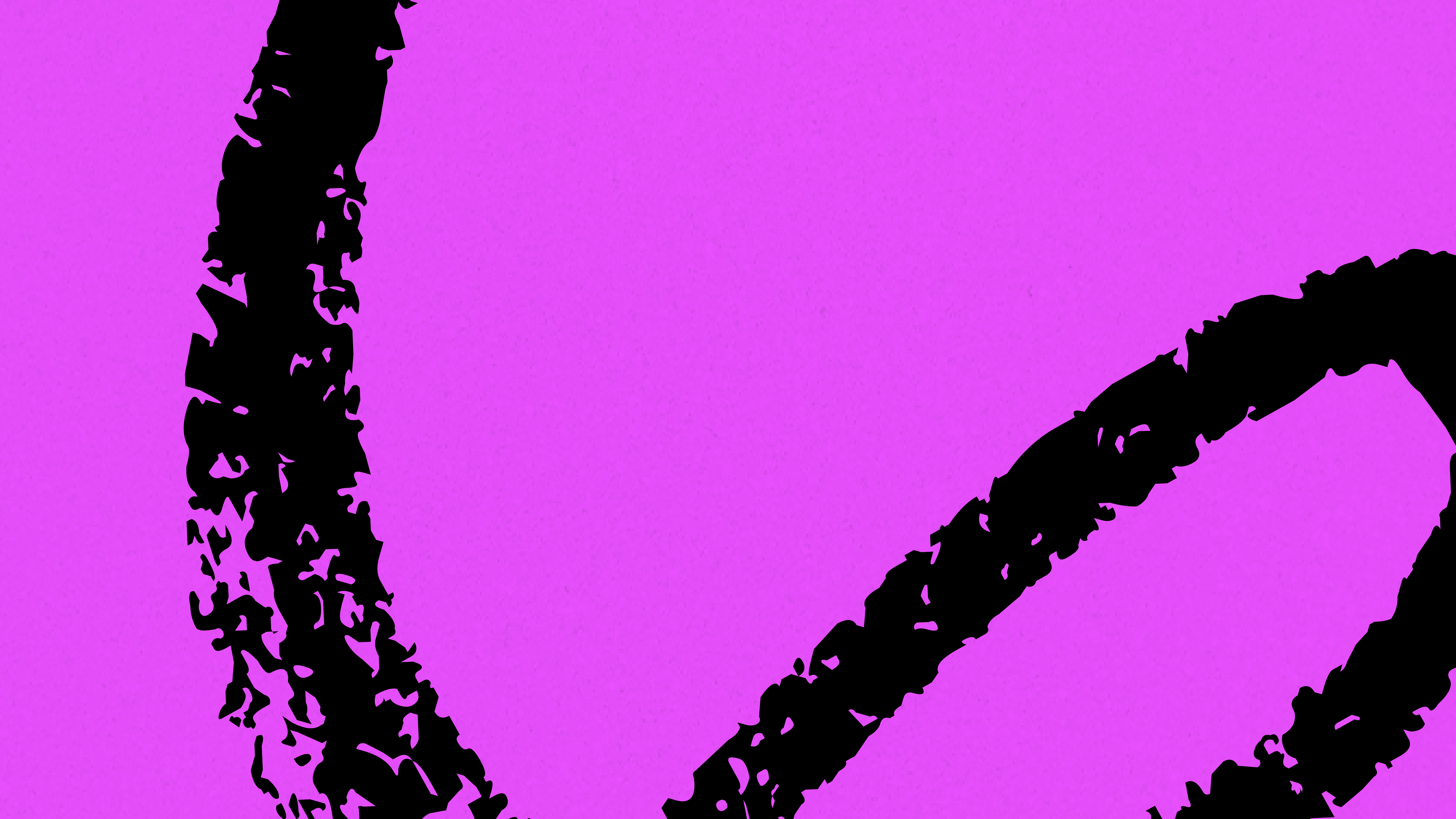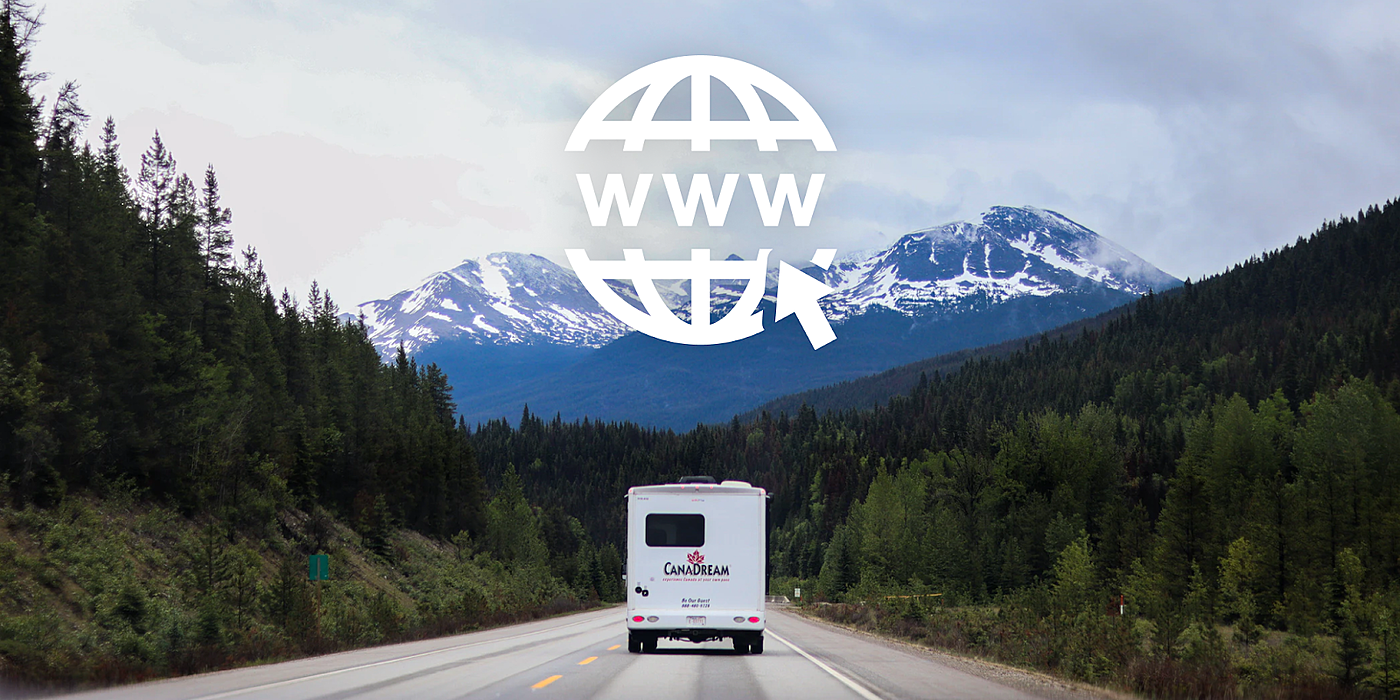
Touring has always been a great way to grow and monetize a fanbase. But now that artists can’t do it physically, it’s natural to wonder what digital substitutes could get the job done.
I have a theory about this. In order to set it up, let’s first quickly lay out the economic rationale for tours in the pre-internet world.
There used to be only two types of tours: physical tours and media tours.
Physical tours, where you travel from city to city, only* make sense for performance acts that can sell expensive tickets. Music and theater are the big two. Book tours are also a thing, but those have been gradually declining for quite some time, because they almost never recoup their costs.
*One weird edge case where physical tours also make sense is if, for some reason, you intensely care about reaching people who live in a specific place, and you’re willing to lose a lot of money to connect with them. (Like politicians do with Iowans.)
Media tours were when a person would go on Letterman, appear in Time magazine, or talk to Terry Gross on Fresh Air. It made sense for entertainment products that couldn’t or didn’t need to do physical tours, like movies and TV shows.
You may have noticed “physical tours” make sense in the present tense, and “media tours” made sense in the past tense. This might be confusing given that “physical tours” are on indefinite hiatus thanks to coronavirus. But in fact, once the pandemic is over, the strength of their underlying economic logic will bring them roaring (or at least limping) back.
Media tours, on the other hand, have been a hollow shell of their former self for a long time. They died along with the traditional media’s monopoly on our attention.
What killed it? The internet, obviously! You might think an “internet tour” is just an extension of a media tour, but there’s one huge difference:
There’s a nearly infinite array of “locations” on the internet. Some are huge arenas, like David Dobrik’s vlog, and others are cozy cafes, like this newsletter. This dynamic means that, unlike media tours, anyone can do an internet tour. Just like indie bands that hit the road in grandma’s RV, you don’t need to be famous to get started.
For this reason, internet tours actually have much more in common with physical tours than media tours. Except, instead of visiting towns, you’re visiting other creators.
The Only Subscription
You Need to
Stay at the
Edge of AI
The essential toolkit for those shaping the future
"This might be the best value you
can get from an AI subscription."
- Jay S.
Join 100,000+ leaders, builders, and innovators

Email address
Already have an account? Sign in
What is included in a subscription?
Daily insights from AI pioneers + early access to powerful AI tools








Comments
Don't have an account? Sign up!